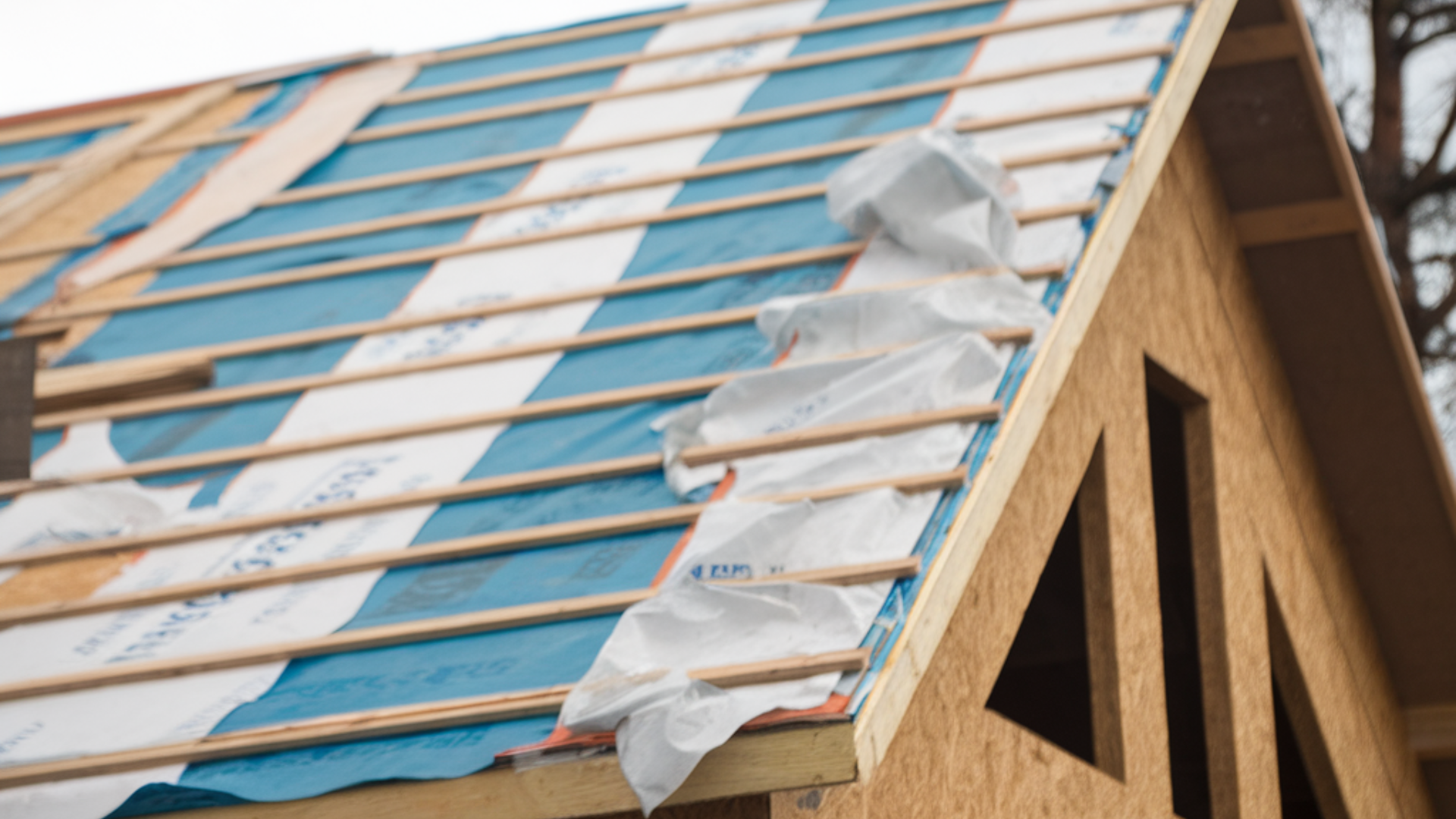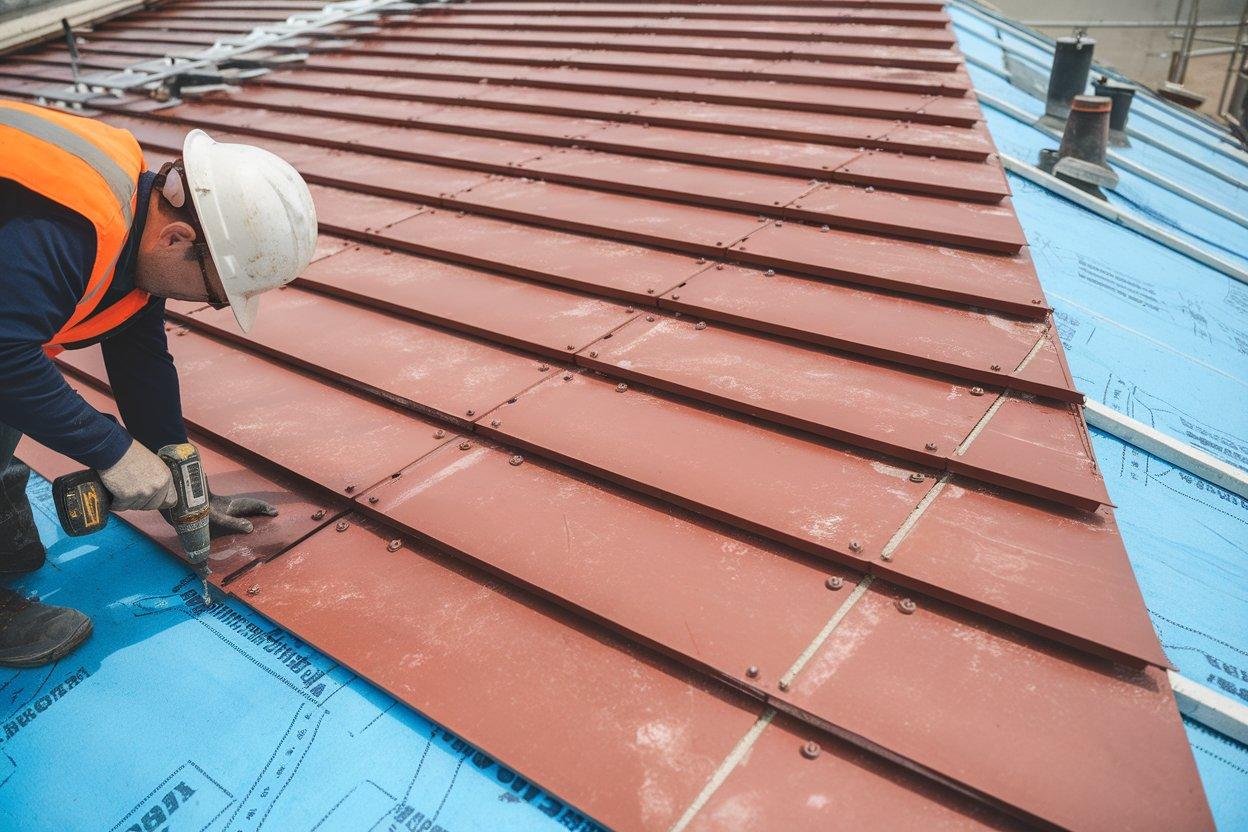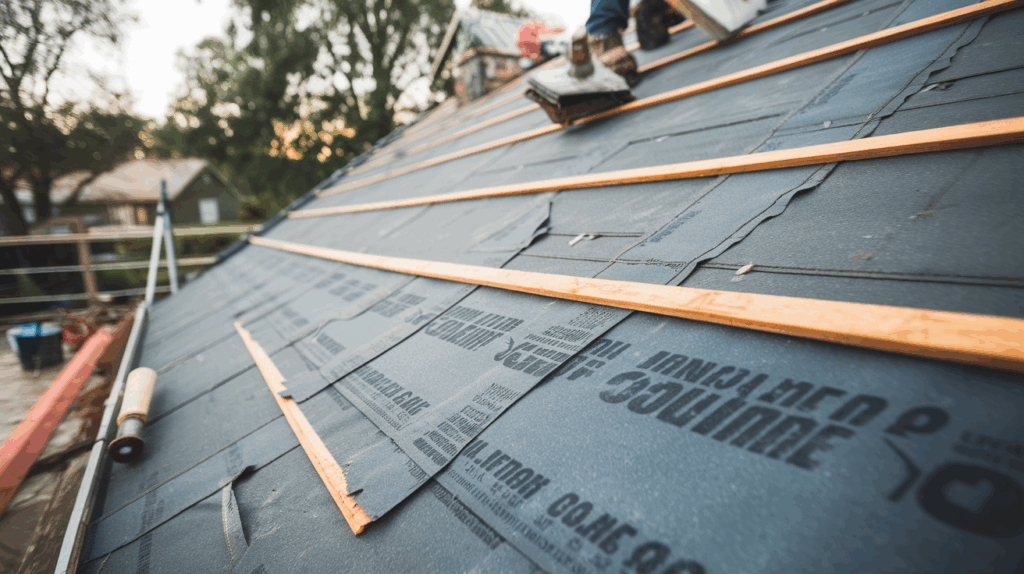When it comes to roofing materials, synthetic roof underlayment has become a popular choice due to its affordability, ease of installation, and water-resistant properties.
However, like any roofing material, synthetic underlayment does come with its own set of challenges.
In this article, I’ll highlight the common issues associated with synthetic underlayment that you should be aware of before making your decision.
By understanding these potential drawbacks, you can make a more informed choice, ensuring that your roofing investment provides long-lasting protection for your home.
Is Synthetic Roof Underlayment Right for Your Roof?
When deciding if synthetic roof underlayment is the right choice for your roof, I recommend evaluating a few key factors.
First, think about your budget. Synthetic underlayment is generally more affordable than traditional options like felt, making it a tempting choice if you’re looking to save money.
Next, consider the climate. If you live in a hot region, synthetic underlayment’s reflective properties can help keep your home cooler.
However, if you’re dealing with extreme weather conditions or heavy rains, PVC underlayment might be a more suitable option for your needs.
Take your time to assess the pros and cons and make an informed decision based on your roofing requirements.
Problems with Synthetic Roof Underlayment

While synthetic roof underlayment offers many advantages, it’s important to be aware of potential issues.
1. Durability Concerns
Synthetic roof underlayment generally offers good durability, but it may not be as long-lasting as other materials in certain conditions.
Factors like exposure to UV rays, extreme temperatures, and weather conditions can degrade synthetic materials over time.
If your roof is subjected to harsh elements, synthetic underlayment might need replacement sooner than you expect.
2. Compatibility with Roofing Materials
Sometimes, synthetic underlayment doesn’t perform well with all types of roofing materials.
For example, certain types of shingles or tiles may not adhere well to synthetic underlayment, which can affect the overall performance of your roof.
It’s crucial to ensure that the underlayment you choose is compatible with your specific roofing materials to avoid issues down the road.
3. Performance Under Heavy Rain
While synthetic roof underlayment is designed to be water-resistant, it can still struggle during heavy rain or prolonged wet conditions.
If not installed properly, or if the underlayment is of lower quality, it may fail to provide the necessary protection, allowing water to penetrate and potentially damage your roof structure.
4. Risk of Slippage During Installation
Some synthetic underlayments have a slippery surface, making installation challenging and dangerous.
Roofers can have trouble walking on the material or positioning it correctly, especially if it’s windy or wet.
This slippage could lead to mistakes in the installation process, causing delays or even issues with the roof’s effectiveness later on.
5. Tear Resistance and Damage During Installation
Synthetic underlayment can tear or puncture during the installation process, especially if the material is thinner or poorly made.
While it’s durable, it’s not invincible.
Damages like these can compromise the underlayment’s integrity, which may lead to leaks or reduced protection against the elements.
6. Expansion and Contraction Issues
Due to temperature fluctuations, synthetic underlayment can expand or contract, especially in extreme heat or cold.
This movement can cause the underlayment to wrinkle or create an uneven surface, which might lead to other roofing issues, such as poor water drainage or an increased risk of leaks.
7. Short-Term vs. Long-Term Cost Comparison
Although synthetic underlayment is typically more affordable upfront than other materials, it may end up being more expensive in the long run.
Its shorter lifespan and potential for early replacement can lead to additional costs.
In some cases, you might find that investing in a more durable underlayment is a better long-term financial decision.
8. Moisture Trapping and Mold Growth
Inadequate ventilation beneath synthetic roof underlayment can trap moisture, leading to mold and mildew growth.
This is a serious issue, as trapped moisture can degrade the underlayment and even spread to your roof structure, leading to further damage over time.
9. Environmental Impact
Many synthetic roof underlayments contain plastic-based materials, which are not biodegradable.
This can be a concern for environmentally conscious homeowners.
If sustainability is important to you, synthetic underlayment may not align with your values, and you might prefer a more eco-friendly roofing option.
How to Choose the Right Synthetic Roof Underlayment for Your Home

Choosing the right synthetic roof underlayment is crucial for ensuring your roof’s durability and performance. Here’s what to consider when making your decision:
- Climate Considerations: Choose underlayment with excellent moisture resistance and UV protection if you live in a hot or humid climate.
- Roofing Material: Consider the type of roofing material you plan to install, as some underlayments are better suited for specific materials.
- Weight and Thickness: Thicker underlayments typically offer better durability and protection.
- Budget: Balance cost with longevity and performance to find the best value for your roof.
A well-chosen underlayment ensures your roof’s protection and longevity.
How to Maintain Synthetic Roof Underlayment for Longevity
To ensure the longevity and effectiveness of your synthetic roof underlayment, regular maintenance is key. By following these instructions, you can help prevent premature damage and extend its lifespan.
- Inspect Regularly: Check for tears, punctures, or loose areas to catch issues early.
- Proper Installation: Ensure correct installation with sealed seams and secure fastening to avoid leaks and early wear.
- Keep Roof Clean: Remove debris like leaves and branches to prevent moisture buildup.
- Ensure Proper Ventilation: Maintain good ventilation to avoid moisture buildup and mold growth.
- Minimize Foot Traffic: Limit walking on the roof to prevent punctures or damage.
- Regular Maintenance: Schedule routine checks, cleaning, and ventilation maintenance to extend the lifespan.
Understanding the Different Types of Synthetic Roof Underlayment
- Two Main Categories: Synthetic roof underlayments are typically divided into non-perforated and perforated types, each offering different benefits.
- Non-Perforated Underlayment: Made of plastic-based materials, this type provides superior water resistance, making it ideal for regions with heavy rainfall.
- Perforated Underlayment: Designed with small holes, perforated underlayment allows for better ventilation, helping reduce moisture buildup and preventing mold growth.
- Water Resistance: Non-perforated underlayments excel at water resistance, ensuring optimal protection in wet or humid climates.
- Ventilation Benefits: Perforated underlayments improve airflow under the roof, which is crucial for preventing mold and mildew issues in areas with high humidity.
- Varying Weight and Thickness: Synthetic underlayments come in different weights and thicknesses, which impact their durability and performance.
- Choosing the Right Underlayment: Consider your roof’s specific needs, including climate, moisture exposure, and roofing system type, to select the most suitable synthetic underlayment.
Conclusion
Synthetic roof underlayment offers several benefits, but it’s important to consider its potential challenges.
Understanding issues like durability, compatibility, and performance can help you make an informed decision for your roof.
Be sure to weigh the pros and cons, factoring in your climate, budget, and roofing requirements.
The right underlayment plays a crucial role in your roof’s longevity and effectiveness.
I encourage you to carefully evaluate your options and choose the best synthetic underlayment based on your specific needs, ensuring your roof provides reliable protection for years to come.

